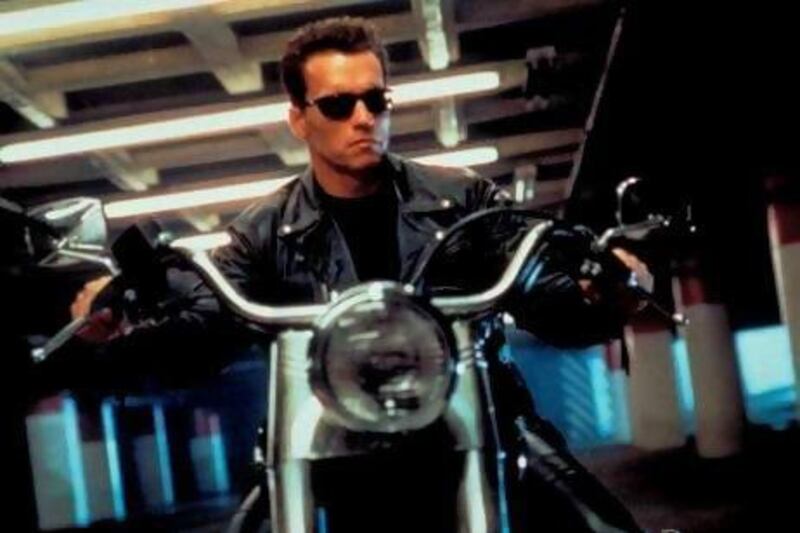The fear that we humans will one day be overrun by our technology is old; at least as old as the industrial revolution.
In the late 20th century, a common variant of the story was played out in the film The Terminator. Here, a supercomputer awakens into consciousness and determines to destroy mankind by creating an army of intelligent cyborgs whose only purpose is our extinction. The Terminator, released in 1984, has enjoyed a remarkably long-lived cult status: that's either a testament to its enduring quality as a piece of art, or to the unique place in the popular consciousness occupied by the myth of a mass destruction delivered by our machines. Let's go with a bit of both.
Now, though, a new idea is gaining traction - one that is comforting and shocking in equal measure. The evidence, say a growing number of technologists, points not to the idea that our machines will destroy us, but rather that we will become our machines. The leading futurist Ray Kurzweil has even put a date on what is being called "man-machine merging": by 2045, he says, human beings will be more non-biological than they are biological.(Kurzweil, appearing with theoretical physicist Michio Kaku in Abu Dhabi last week, spoke about this and other future trends in a mind-expanding talk called "What Does The Future Look Like?", organized by the Sheikha Salama bint Hamdan Al Nahyan Foundation.)
The process has already begun. Indeed, the world has just witnessed one manifestation of it: Oscar Pistorius and other amputee athletes at the London Paralympics, running on the now iconic Flex-Foot Cheetah blades. But it goes much further than that. In May, scientists at the US-based Brain Gate project (www.braingate2.org) announced that two amputees who had had chips implanted into the motor cortex of the brain had taught themselves to control robotic arms, making it possible for them to drink from a cup. Another milestone is being planned for the 2014 World Cup in Brazil: the ceremonial kick-off will be taken by a paralysed teenager wearing a thought-controlled exoskeleton - literally, a skeleton outside the body - that will allow him to walk for the first time. Scientists at the Duke University lab are rushing to meet the deadline.
But man-machine merging technologies could soon start to change life for all of us. This week, Google pressed models at New York Fashion Week into service to promote Google Glasses (plus.google.com/+projectglass), the augmented reality glasses that allow wearers to capture video, send texts and see digital information overlaid on their view of the real world. Google Glasses will revolutionise the way we go online and, according to the Silicon Valley rumour mill, they'll become commercially available later this year. It won't be long, say futurists such as Kurzweil, before augmented-reality technology can be implanted directly into the eye.
Indeed, we're rushing headlong, says Kurzweil, towards an event called the singularity (deadline 2029, apparently), when computers achieve human-level intelligence and self-awareness. Soon afterwards, chip-in-brain technology will see human and machine minds merge into one, vast network: an internet of connected brains. The final result? Immortality, of course. If your memories, your thoughts, your awareness itself can be downloaded to silicon, your lifespan need no longer be tied to a frail, damage-prone carbon-based collection of bone, tissue and blood.
But let's not get ahead of ourselves. In the meantime, Google Glasses will be pretty cool.
David Mattin is a senior analyst at trendwatching.com











